Descrição
Introdução
A sonda de erosão é um dispositivo sofisticado, meticulosamente projetado com uma série de componentes integrais, todos desempenhando um papel distinto. Consiste em dois flanges robustos, o flange principal e o flange lateral, que formam a estrutura de montagem essencial, garantindo o posicionamento seguro do dispositivo em uma infinidade de aplicações industriais. No centro do dispositivo estão a sonda e o adaptador; a sonda é o elemento vital que realiza a medição da erosão, enquanto o adaptador auxilia na conexão perfeita da sonda ao sistema maior. Notavelmente, o bocal da sonda está disponível em vários tipos, ressaltando os diversos requisitos de monitoramento de erosão em diferentes cenários. Para proteger o produto de condições ambientais adversas e potenciais danos físicos, está incluída uma capa protetora, um componente que é fundamental para preservar a integridade e longevidade da sonda. Também faz parte do conjunto um manômetro hidráulico, componente crucial que monitora a pressão hidráulica do sistema, fornecendo dados indispensáveis para o gerenciamento eficaz da erosão e prevenção de possíveis danos decorrentes de pressão excessiva. Além disso, mantendo-nos fiéis ao nosso compromisso de atender às necessidades exclusivas do cliente, oferecemos opções de personalização para o bico da sonda, permitindo que os clientes escolham o tipo que melhor se adapta aos seus requisitos operacionais específicos. Em essência, esta sonda de erosão é uma ferramenta versátil e personalizável, engenhosamente projetada para fornecer monitoramento de erosão preciso e confiável em diversos contextos industriais.
Compreendendo as sondas de erosão EMT
Compreendendo as sondas de erosão EMT
As sondas de corrosão EMT são ferramentas para medir e rastrear corrosão para diferentes aplicações industriais. Eles utilizam tecnologia para ler de forma rápida e clara a espessura do material, ajudando a detectar precocemente a erosão.
No coração da sonda de corrosão EMT está um sensor que utiliza indução eletromagnética para observar mudanças na espessura do material. Essas sondas são sempre monitoradas, o que é útil porque não é necessário parar tudo para uma inspeção física. As informações do detector de erosão EMT podem ajudar a identificar e resolver problemas antes que se tornem muito grandes.
A importância das sondas de erosão EMT na indústria
As sondas de corrosão EMT são importantes em muitos campos, como petróleo e gás, geração de energia e processamento químico. Eles são bons em detectar e rastrear a erosão, o que ajuda a manter os equipamentos e a infraestrutura em boas condições. Se você não prestar atenção à corrosão, o equipamento pode ser danificado, ter que parar de funcionar e até correr riscos à segurança.
Na indústria de petróleo e gás, as sondas de corrosão EMT podem ajudar a monitorar tubulações. Eles podem encontrar peças do tubo que corroem mais rapidamente, o que ajuda a planejar a manutenção e a substituição. Isso ajuda a prolongar a vida útil do gasoduto e reduz o risco de falhas graves.
Na geração de energia e processamento químico, essas sondas auxiliam na inspeção de caldeiras e vasos de pressão, entre outros. Ao encontrar peças que corroem mais rapidamente, os operadores podem realizar a manutenção antes que a situação piore, aumentando a produtividade e a segurança.
As sondas de corrosão EMT também podem ser personalizadas. As extremidades das sondas podem ser alteradas de acordo com a necessidade do cliente, o que significa que estas ferramentas podem ser utilizadas de diversas maneiras.
Materiais de sonda de erosão EMT
Materiais de sonda de erosão EMT
As sondas de corrosão EMT são compostas principalmente de materiais robustos para garantir que possam suportar os rigorosos requisitos de uma ampla gama de aplicações industriais. A escolha do material é crucial porque afeta diretamente a durabilidade, o desempenho e a resistência da sonda às diferentes condições.
Materiais Comuns e Suas Propriedades
Os dois principais materiais utilizados para fabricar sondas de corrosão EMT são aço inoxidável e aço carbono, ambos conhecidos por sua resistência e durabilidade.
Aço inoxidável: A sonda em si geralmente é feita de aço inoxidável. Este material é conhecido por sua excelente resistência à corrosão e ao calor. É durável, o que o torna ideal para uso em ambientes agressivos onde a sonda pode ser exposta a materiais corrosivos ou altas temperaturas.
Aço carbono: A capa protetora da sonda geralmente é feita de aço carbono e é conhecida por sua resistência e durabilidade. No entanto, o aço carbono é propenso à ferrugem e à corrosão, por isso geralmente é revestido com politetrafluoroetileno (TEflon) para proteção adicional.
Politetrafluoretileno (TEflon): O politetrafluoroetileno, também conhecido como Teflon, é um plástico altamente resistente ao calor, resistente a produtos químicos e eletricamente condutor. É frequentemente usado como revestimento para a camada protetora do aço carbono para aumentar sua resistência a materiais corrosivos e altas temperaturas.
O flange, borda plana saliente ou colar para reforço ou união, pode ser feito de aço carbono ou aço inoxidável, dependendo da necessidade da aplicação.
Selecionando o material certo para aplicações específicas
Ao escolher o material certo para a sonda, vários fatores devem ser considerados, incluindo as condições operacionais, a aplicação específica e o tipo de substância com a qual a sonda entrará em contato.
Por exemplo, o aço inoxidável é preferido em aplicações que exigem alta resistência à corrosão e ao calor. Enquanto isso, o aço carbono pode ser suficiente em ambientes menos corrosivos, especialmente quando revestido com PTFE para aumentar a resistência à corrosão.
Também é importante compreender que a EMT é flexível para atender às necessidades dos clientes. Se uma aplicação específica exigir um material diferente, a EMT poderá adaptar-se a isso e construir a sonda com outros materiais, conforme necessário. Essa flexibilidade permite que as sondas de corrosão EMT sejam usadas em diversos setores e aplicações.
Sondas de erosão EMT em diferentes indústrias
As sondas de corrosão EMT são projetadas para funcionar de maneira eficaz em uma ampla variedade de indústrias. O seu papel varia frequentemente de acordo com os requisitos específicos e as condições operacionais de cada setor. Aqui estão três indústrias principais onde as sondas de corrosão EMT são comumente usadas:
A Indústria de Petróleo e Gás
Na indústria de petróleo e gás, as sondas de corrosão EMT desempenham um papel vital na manutenção da integridade dos sistemas de dutos. Eles ajudam a identificar áreas de erosão acelerada, podem evitar falhas inesperadas na tubulação e prolongar a vida útil da tubulação. Isto é particularmente valioso porque permite a manutenção proativa e ajuda a reduzir o tempo de inatividade operacional.
A Indústria de Processamento Químico
A indústria de processamento químico envolve frequentemente o uso de substâncias corrosivas e altas temperaturas. Feitas de materiais duráveis, como aço inoxidável e aço carbono revestido com PTFE, as sondas de corrosão EMT podem suportar essas condições adversas e fornecer monitoramento de corrosão confiável e contínuo. Os dados dessas sondas permitem que os operadores monitorem o desgaste dos equipamentos e planejem manutenção preventiva e peças de reposição.
A indústria de geração de energia
Na indústria de geração de energia, as sondas de corrosão EMT são usadas para monitorar a corrosão de equipamentos críticos, como caldeiras e vasos de pressão. A detecção precoce da erosão pode prevenir falhas catastróficas e melhorar a segurança e a eficiência das centrais eléctricas. Ao fornecer dados em tempo real sobre os níveis de corrosão, essas sondas permitem que os operadores tomem decisões informadas sobre manutenção e substituição de equipamentos.

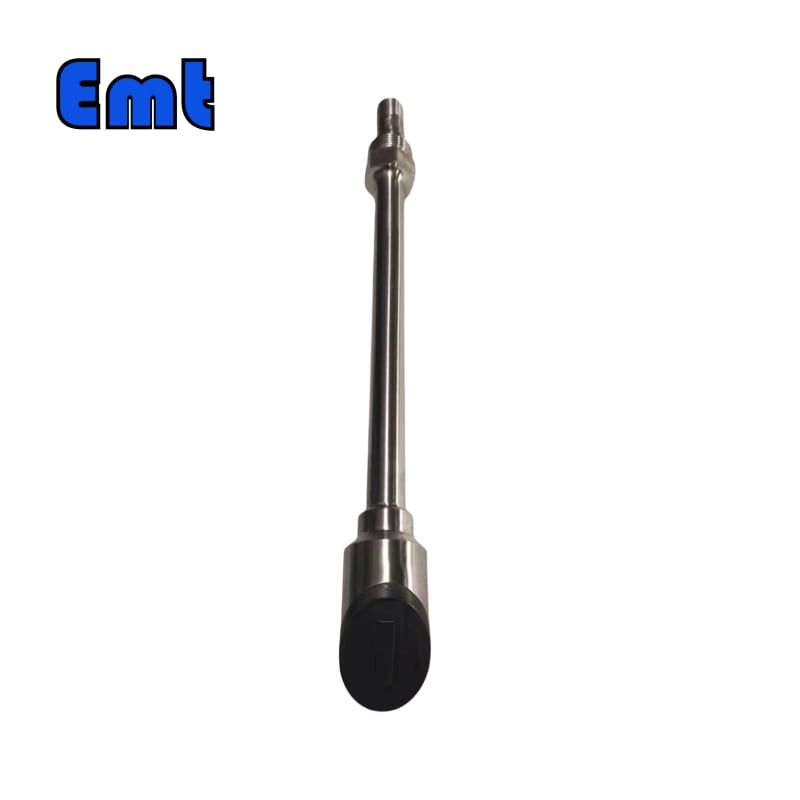
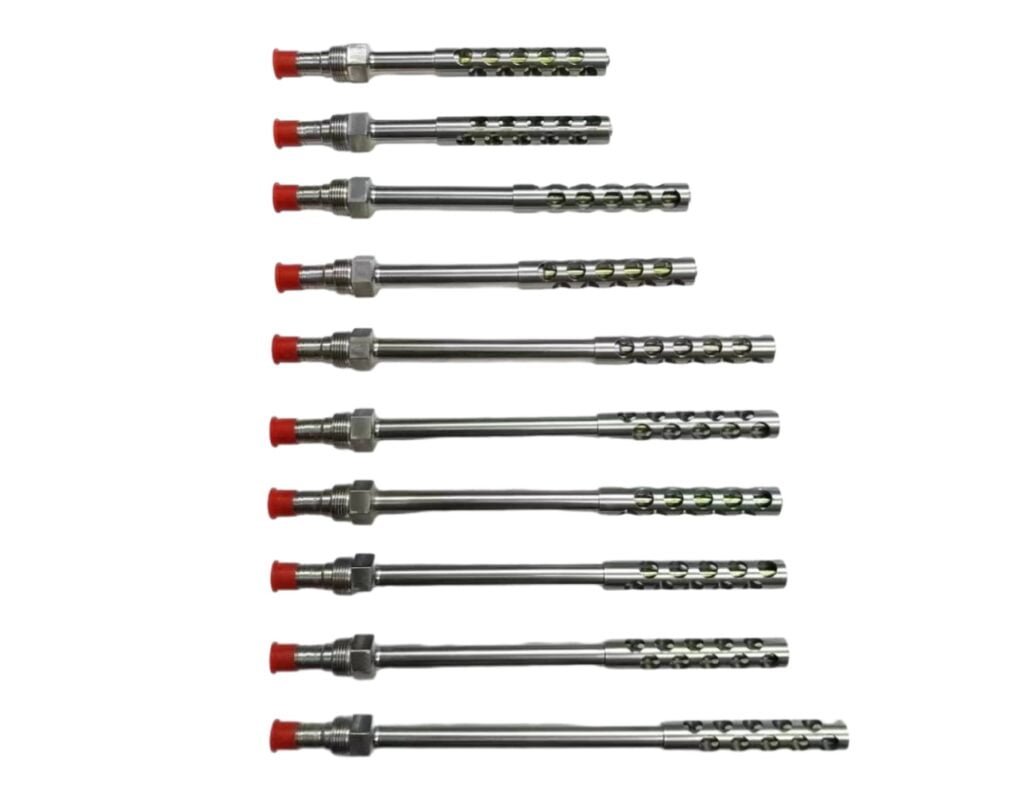
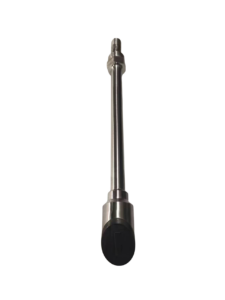
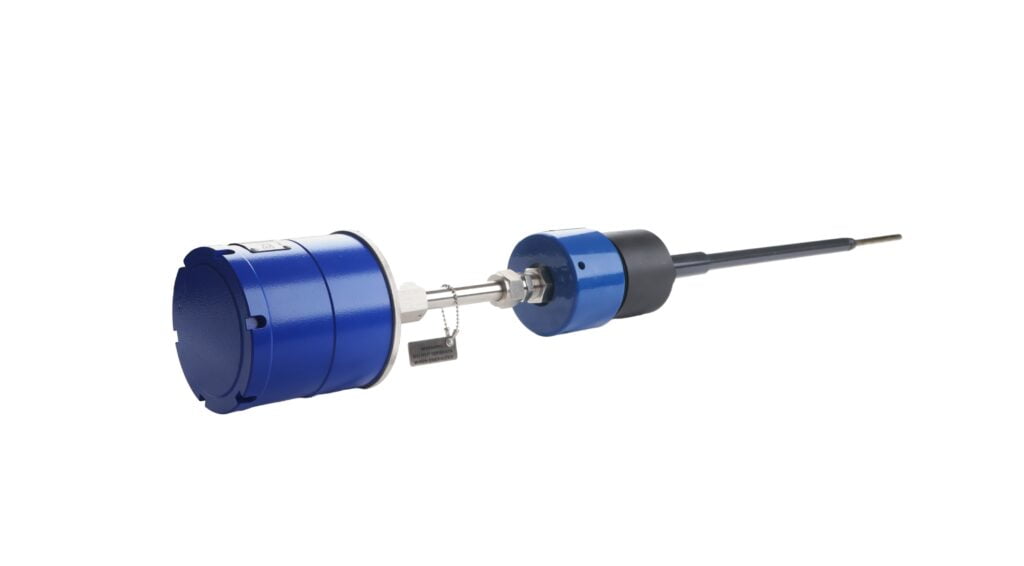
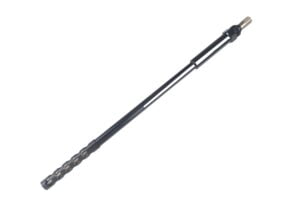
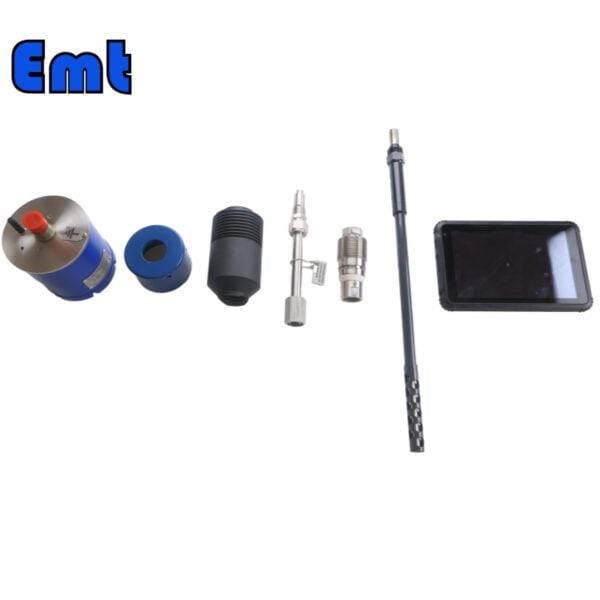
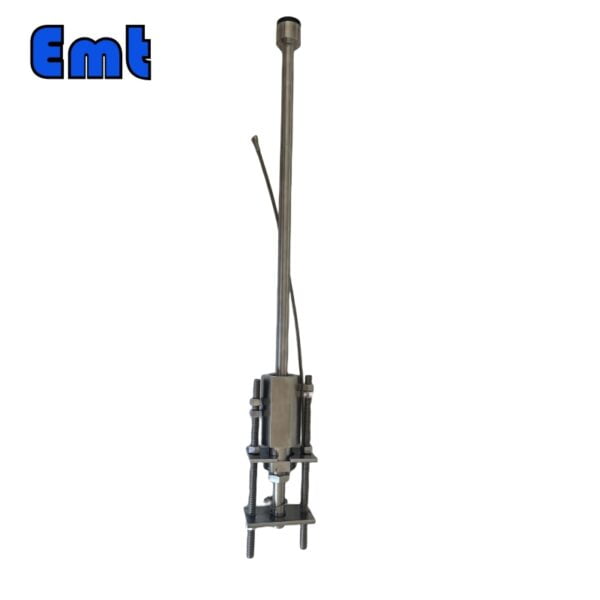
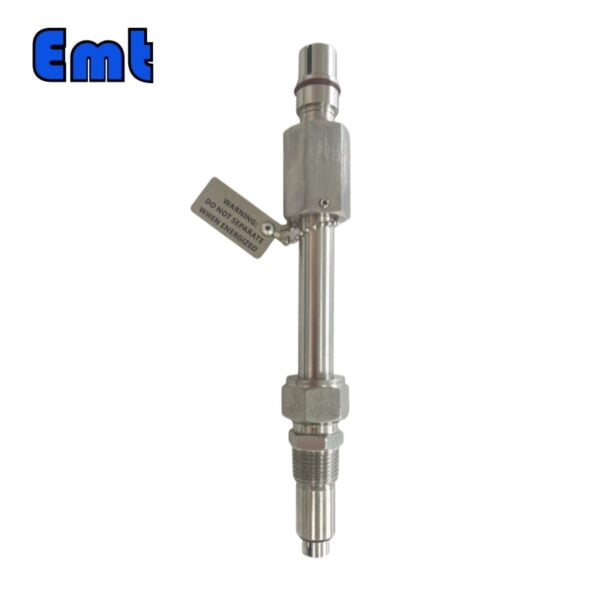
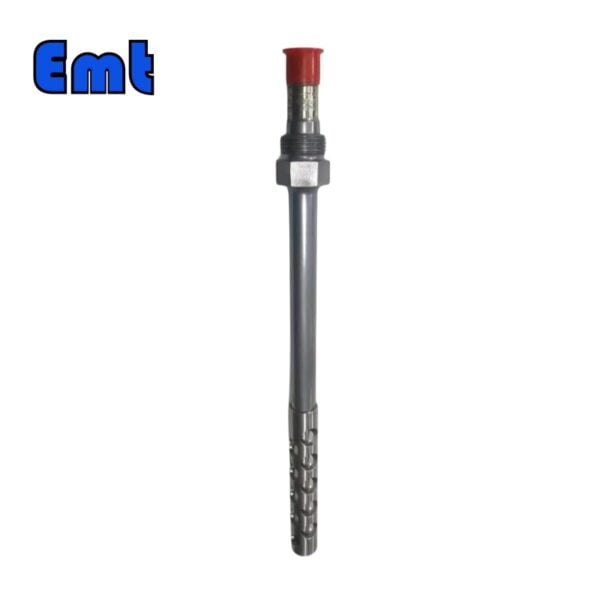
Avaliações
Não há comentários ainda.